Compare Hybrid, PHEV, and Electric Vehicles
Compare Hybrid, PHEV, Fuel Cell and Electric Vehicles
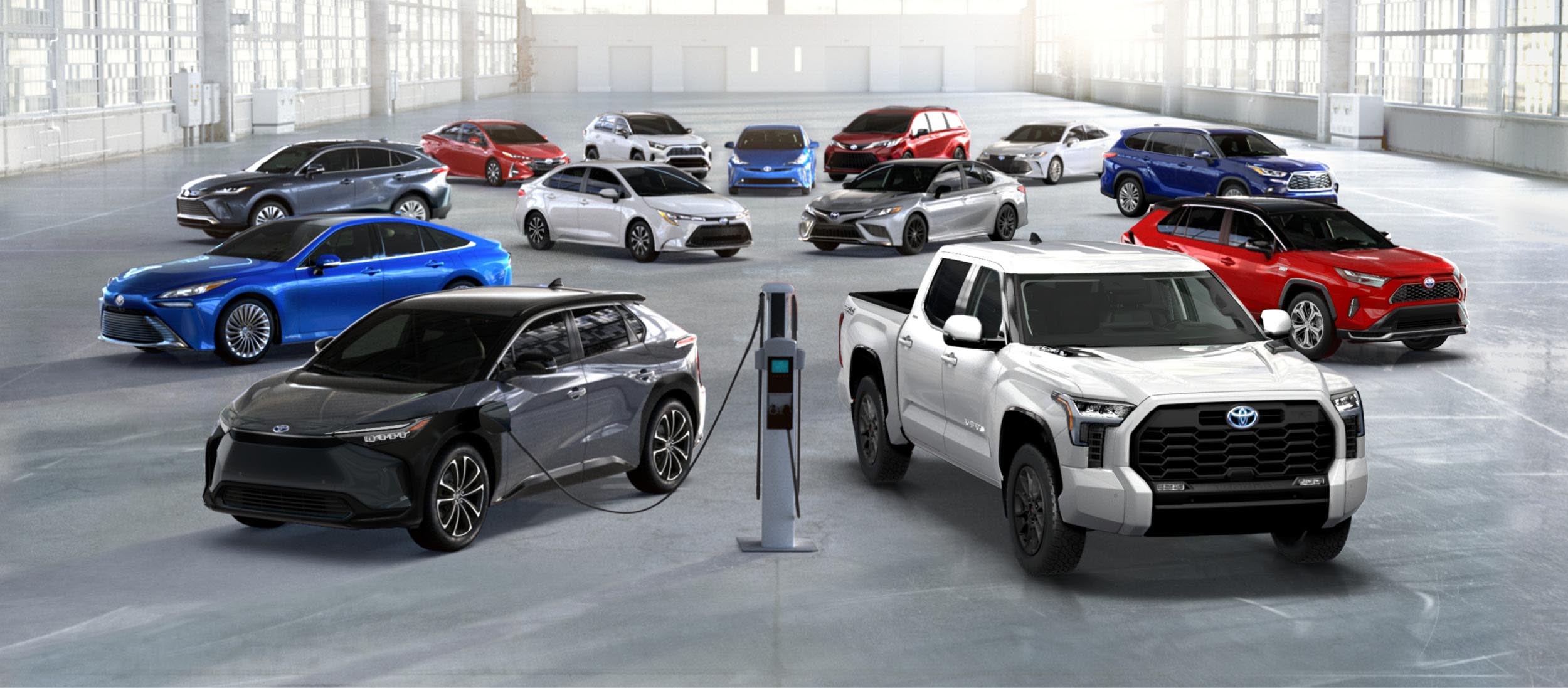
Hybrid Vehicles
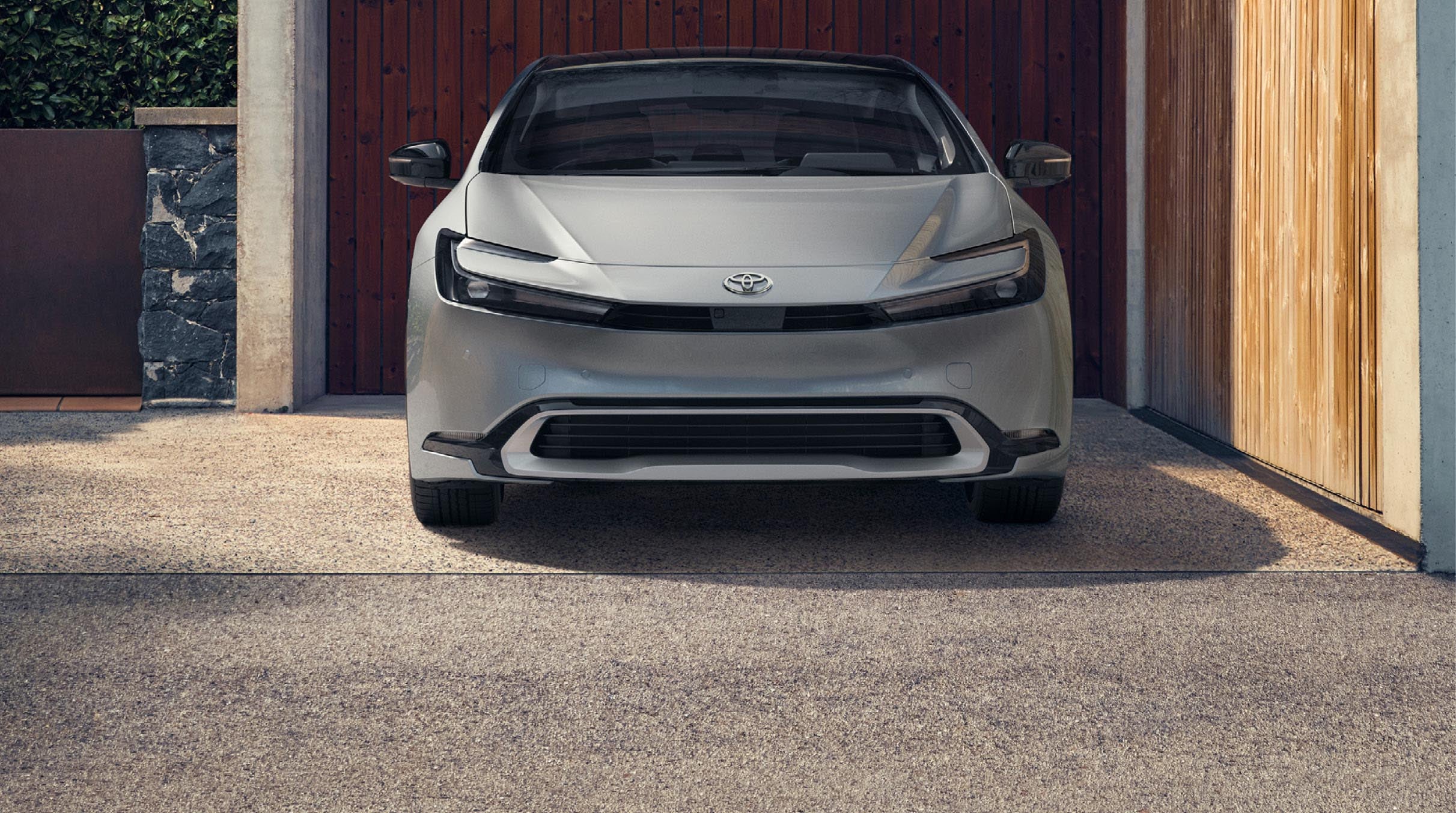
Hybrids pair an electric motor with a gasoline engine to provide efficient transportation. Hybrid vehicles are 100% gasoline fueled but create much of their own energy by regenerative braking, which helps to make them ultra fuel efficient. There is no plug-in required. This technology has been on the market for over 20 years.
Plug-in Hybrid (PHEV)
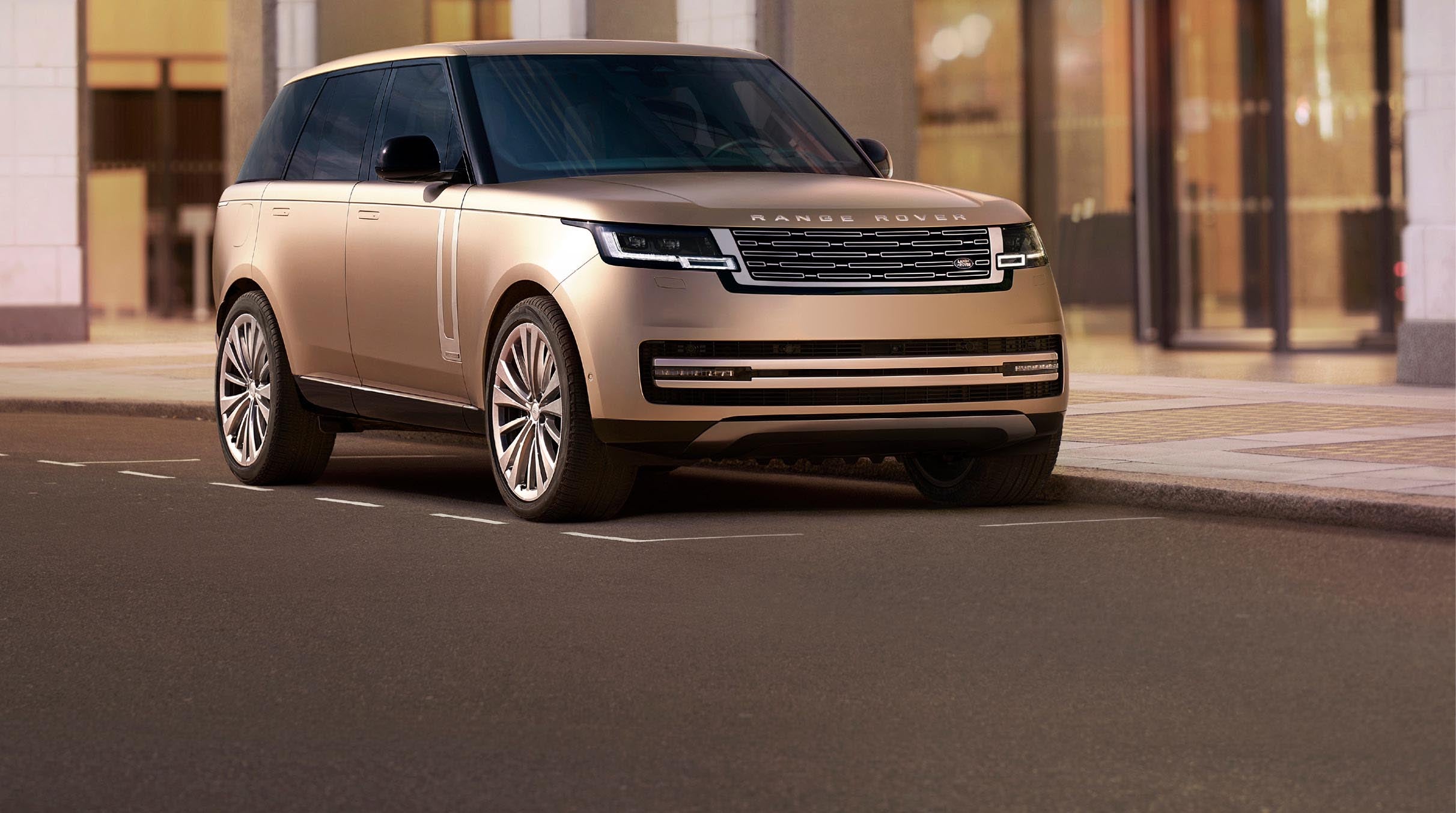
Plug-in Hybrid Vehicles (PHEV) are powered by an electric motor and have a gasoline engine and gas tank. These ultra-efficient vehicles are great for homeowners that don’t want to be limited by range. Plug-in hybrid-electric vehicles (PHEVs) are a bridge between traditional hybrids and full electric vehicles, allowing for local driving on electric power alone married with the convenience and range of a gas engine for longer road trips. As with regular hybrids, regenerative braking can extend the battery’s range, and the gasoline-powered engine and electric motor switch back and forth as needed.
Fuel Cell Vehicles (FCEV)
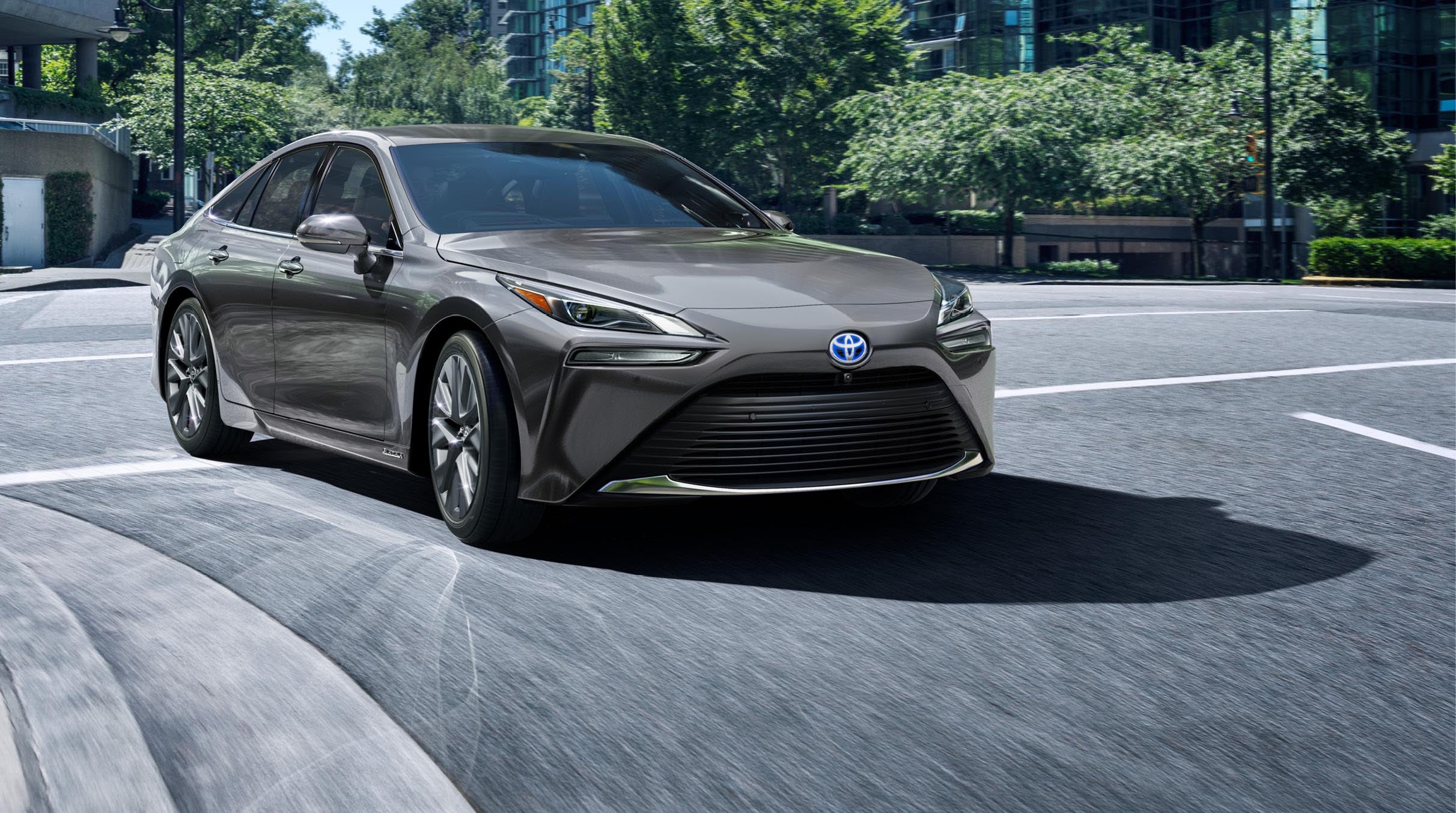
Fuel Cell Vehicles (FCEV) use a propulsion system similar to that of electric vehicles, where energy stored as hydrogen is converted to electricity by the fuel cell. They are more efficient than conventional internal combustion engine vehicles and produce no tailpipe emissions—emitting only water vapor and warm air.
Battery Electric Vehicles (BEV)
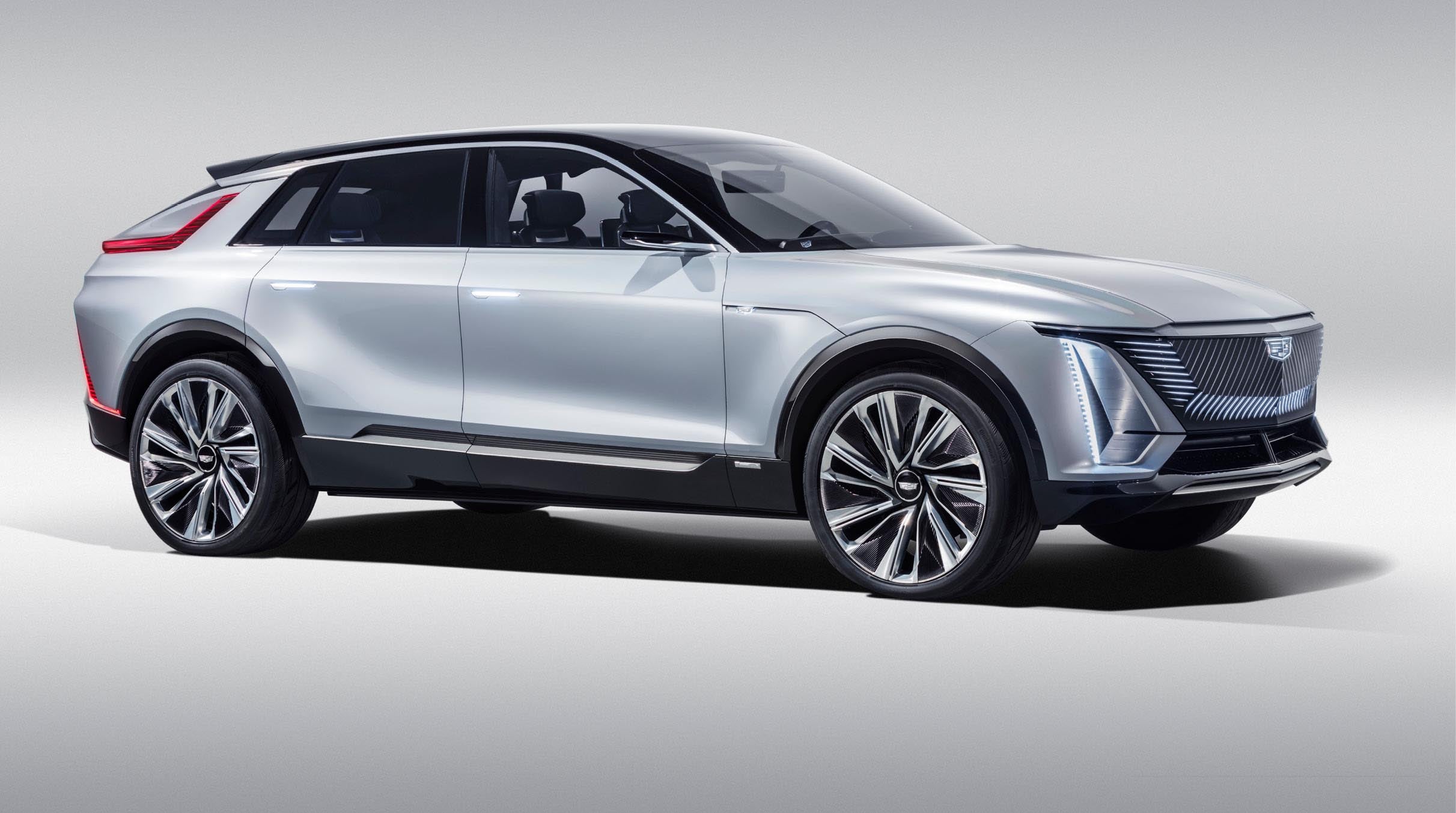
(BEV) are fully electric. They have no engine, gas tank or tail pipe and large electric motors. BEVs are great for multi-car homes and homeowners with access to a 240V charger. Most new models have a driving range of well over 200 miles.

